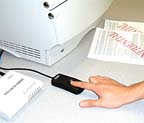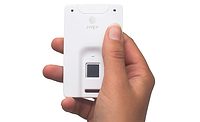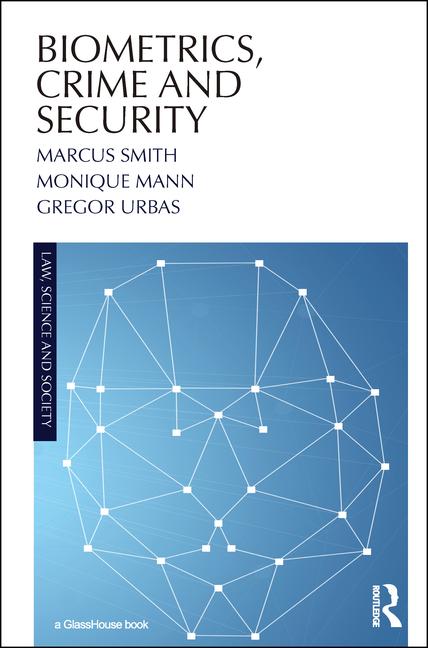Is Biometrics for Everyone?

When combined with smart cards, fingerprint biometrics provides a second and even a third level of security when a swipe, PIN and fingerprint are necessary to secure a building or sensitive area.
You can start with a card and then add one at a time – a single finger, then a second, and finally the addition of a PIN as well, pointed out AMAG’s Adam Shane. “That is the beauty of biometrics; it allows you to ratchet security another notch that doesn’t exist without it,” said Bioscrypt’s John Cassise.
As the technology continues to find its place in security markets, companies and end users looking to apply it should look for the realization of certain current trends and goals.
Convergence
Physical and logical access controls are converging, often using biometrics to offers a powerful and cost effective solution. Tying enrollment into a single process, regardless of where it happens allows end users to apply single identities across their enterprises. Using biometrics further enhances that convergence. Such convergence can, for example, allow IT to set a rule that those who didn’t enter though the front door cannot log on to their PCs. Or, conversely, automatically log off an occupant’s computer as that person exits the building.Biometrics also provides an excellent opportunity to thwart identity theft. “We see that with us depending so much on our identity and it coming under increased vulnerability, that fingerprint biometrics gives us back our security,” said Cassise.
The reasoning is simple: Identity thieves have a much harder time stealing an approved person’s physical features than an access device or card. Biometric technology provides an accurate option to not only access a building, but access a secure network, and authenticate a purchase. “We believe that fingerprint biometrics will be a part of everyone’s everyday life,” said Cassise.
Biometrics X2
As the acceptance of biometrics grows, the variety of biometric systems used will expand. Niche markets may find value in the less popular technology such as iris, and end users can implement a second biometric technology to add another layer of security.“Just as a single biometric combined with smart card and/or PIN increases the level of security and was a catalyst in adoption of the technology, the implementation of multiple biometrics in a single device will again raise the bar,” commented Shane. “Such systems could provide protection against attacks using counterfeit biometrics such as the ‘gummy fingerprint’ many people have heard about.”
Such redundancy of biometric systems is a much more feasible option now that it doesn’t cost an arm and a leg to use an eye, a finger or any other appendage as access identification.
Looking for a reprint of this article?
From high-res PDFs to custom plaques, order your copy today!







